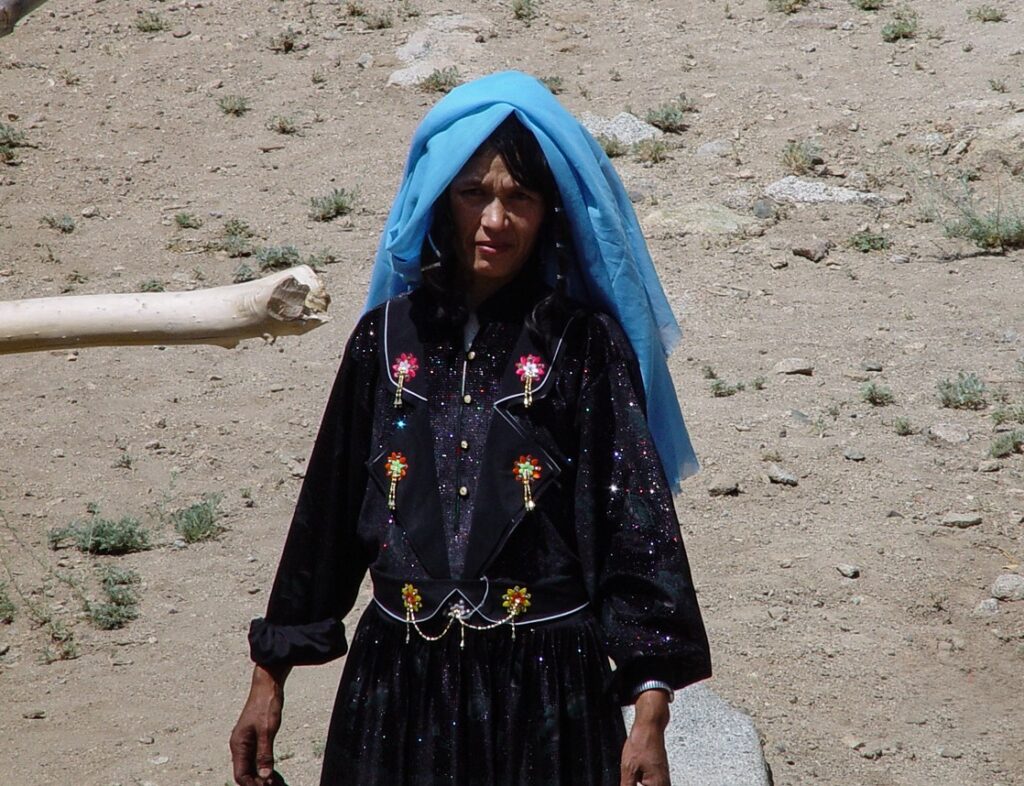Introduction
International Women’s Day (IWD) is a global celebration of women’s achievements and a call to action for gender equality. Since its inception, IWD has been a rallying point for women’s rights activists worldwide. However, for many women, including the Hazara women of Afghanistan, the struggle for equality is far from over, particularly under the oppressive rule of the Taliban. This article explores the history of International Women’s Day and examines the rights and conditions of Hazara women living under Taliban rule.
The History of International Women’s Day
Emerging from a labor movement and the fight for women’s right, International Women’s Day traces its history to mid-19th century when the women in a textile factory in New York started a strike to protest the harsh conditions of work and their low wages. The strike had an ominous end with a fire in the factory where 129 women lost their lives. More than 50 years later, women from the same factory started a protest demanding better working conditions and rights for women. This protest in a way became the start of a new struggle for women’s rights. In 1911 the first International women’s Day was celebrated. Until 1967, March 8 was more of a vacation day for some people. It was only in 1975 that the United Nations declared March 8th as International Women’s Day. The day emerged from the labor movement and the fight for women’s suffrage, with women around the world demanding better working conditions, equal pay, and the right to vote. Over the years, IWD has evolved into a global celebration of women’s social, economic, cultural, and political achievements.
The theme of International Women’s Day varies each year, reflecting the ongoing struggles, challenges, achievements and triumphs in women’s rights worldwide. From gender equality and women’s empowerment to ending violence against women and girls, IWD serves as a platform for advocacy, awareness, and action.
Despite significant progress in women’s rights over the past century, many challenges remain, particularly in regions where women face systemic discrimination, violence, and oppression. One such region is Afghanistan, where the Taliban’s repressive rule has had devastating consequences for women, especially the Hazaras.
The Hazara Plight under Taliban Rule
The Hazaras are a predominantly Shia Muslim ethnic group in Afghanistan, with a long history of persecution and marginalization, with significant atrocities during the 18th century when more than 60% of them were massacred in a genocidal war and the rest driven out to neighboring countries. Under the Taliban rule in the 1990s, there were multiple large-scale massacres akin to genocide carried out against the Hazaras including targeted killings. With the resurgence of the Taliban in 2021, the genocidal violence against Hazaras has continued. Hardly a day goes by without any killing, abduction, violence or intimidation being directed against these people.
Hazara women, in particular, confront multifaceted oppression and discrimination, ranging from educational restrictions, limitations on their basic freedoms, employment barriers and limited or lack of healthcare access.
Education
Education is a fundamental right denied to women, especially the Hazara women under Taliban rule. The Taliban’s extremist ideology opposes the education of girls and women, viewing it as contrary to their interpretation of Islamic law and tribal codes. As a result, schools for girls are frequently targeted and shut down, depriving girls of access to knowledge and opportunities for self-empowerment.
After the first year of their rule, the Taliban banned university and high school education for women and girls. Only elementary schools are open to girls and even there the Hazara girls face numerous barriers to education, including poverty, and security concerns. For a while, some private schools would teach children at home but when discovered by the Taliban, they are also closed. Efforts are made to start online courses but weak internet and lack of electricity make online teaching quite difficult if not impossible.
Employment
Access to employment is another challenge faced by women under Taliban rule. Discrimination coupled with restrictive Taliban policies, limits economic opportunities for women, trapping them in cycles of poverty and dependence on male relatives.
Women are forbidden to work outside the home in the government or private sector. All professional women in every sphere of life are barred from employment. During the republic, Hazara women thrived in education and joined the army, police, and civilian workforce. They were lawyers, professors, teachers, journalists, administrators, businesswomen and entrepreneurs. They are mostly out of the country or under virtual house arrest. According to a source, “all doors are closed to women including public parks, beauty salons, public baths, and markets. In the latest decree of the Taliban, women and girls do not have the right to make telephone contacts with the media and the media are being increasingly limited in their reports about women.”
Healthcare
Access to healthcare is essential for women’s well-being, yet Hazara women often face barriers to medical services under Taliban rule. Cultural taboos, restrictions on female mobility, and a lack of trained female healthcare providers prevent many Hazara women from seeking essential healthcare, putting their lives at risk. There has been a significant increase in child mortality and a deterioration in neonatal care as access to maternity hospitals are severely restricted.
The problem is really acute in rural areas particularly in remote and underserved localities where healthcare facilities are scarce or nonexistent. The Taliban’s restrictions on women’s access to the limited healthcare further compound the challenges faced by Hazara women.
Violence Against Women
Violence against women has been a normal occurrence since August 2021 when the Taliban came to power. At first, women could venture outside to demand their rights to work, study, and participate in social life. Their slogan was “Work, Food, Freedom.” The peaceful protests continued for a while and with the increase in attention of the media to the plight of the Afghan women, the Taliban resorted to mass arrests, tortures, imprisonments, rapes and murders. Several women in Kabul and in the provinces disappeared under mysterious circumstances and a few days later their bodies were found on the streets. Now the situation is so restrictive that even a small gathering is disrupted or detained. The media is totally stifled and there has been a news blackout other than the version given by the Taliban.
During the last six months, the Taliban have gone on the offensive and under the pretext of bad hijab or improper clothes have picked Hazara girls from the streets or taken from their homes. This repression is not only carried out in Kabul, but in other cities as well as the Hazara regions in rural areas. The victims are kept in horrible conditions, tortured, insulted, and abused. Those that have been released speak of horrible mistreatments at the hands of their abductors. They are released only if their families pay the extortion money, sign a petition and guarantee that their daughters will not venture outside. Both the family and the girls are seriously warned not to speak to the media. The stigma of being imprisoned as a girl and sexually abused by the Taliban puts a lasting scar both on the women and their families. As a result, there have been some suicides among girls, domestic abuse, honor killings, and forced early marriages. The absence of legal protections and the normalization of gender-based violence perpetuates the cycles of trauma and suffering for Hazara women, with many forced to endure violence in silence, fearing reprisals from both their abusers and the authorities.
International Response
The plight of women under Taliban rule underscores the urgent need for international attention and action. On International Women’s Day, the global community must stand in solidarity with Hazara women and all Afghan women facing oppression and discrimination.
Diplomatic pressure, humanitarian aid, and support for grassroots organizations advocating for women’s rights are essential in addressing the systemic injustices faced by Hazara women and promoting gender equality in Afghanistan.
Conclusion
As we celebrate International Women’s Day and reflect on global progress on women’s rights, it is imperative to acknowledge and address ongoing challenges that millions of marginalized women worldwide, including Hazara women, continue to face in fighting oppression, discrimination, and violence daily. The situation of the women is so dire that it has been aptly labeled “Gender Apartheid.” This apartheid cannot be fought or removed by the women whose activity and mobility are severely curtailed. A concerted effort with a worldwide campaign is need to free the women of Afghanistan from cycles of violence directed against them. The struggle for gender equality is far from over, necessitating collective advocacy and concerted action to ensure a future where all women can live in dignity, freedom from oppression, discrimination, and fear.

